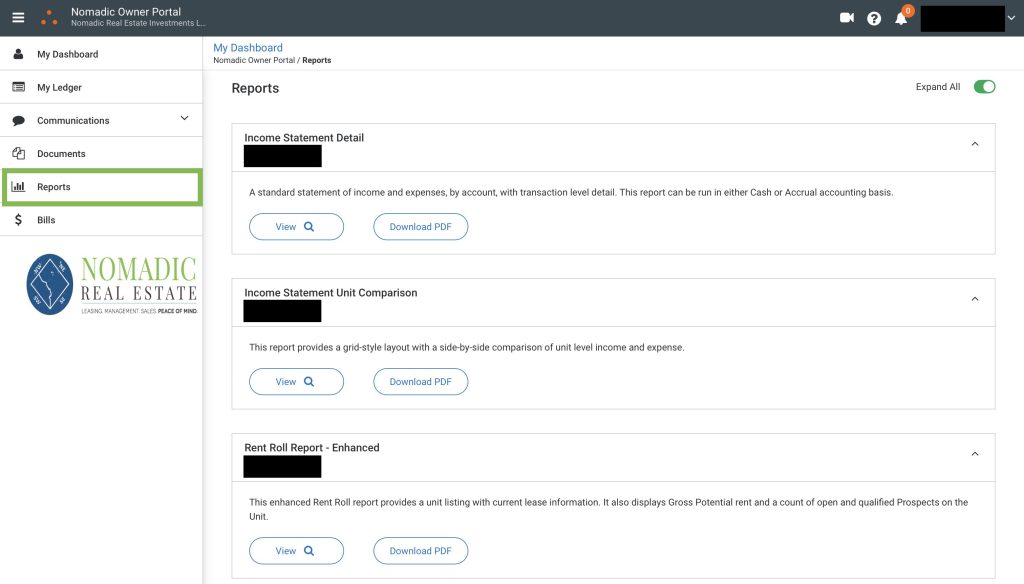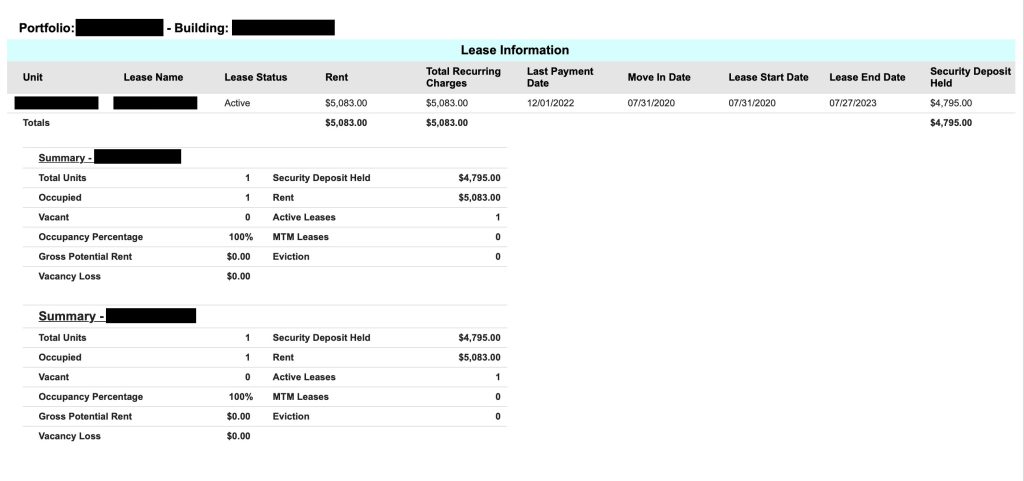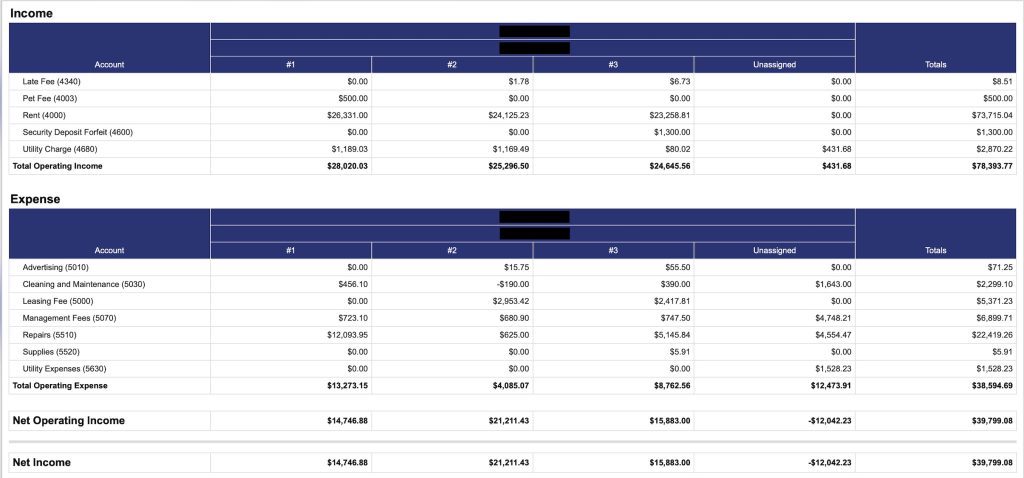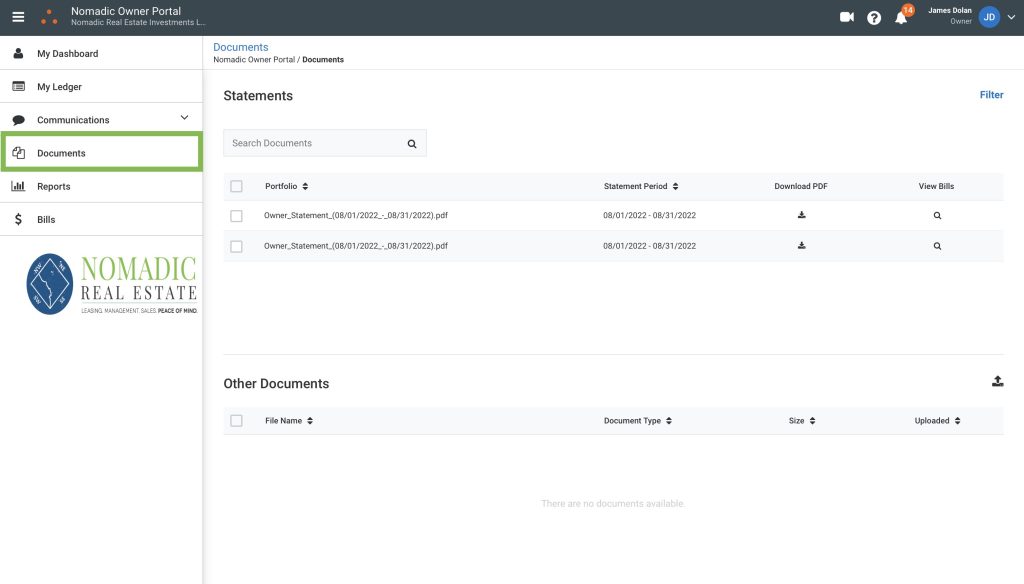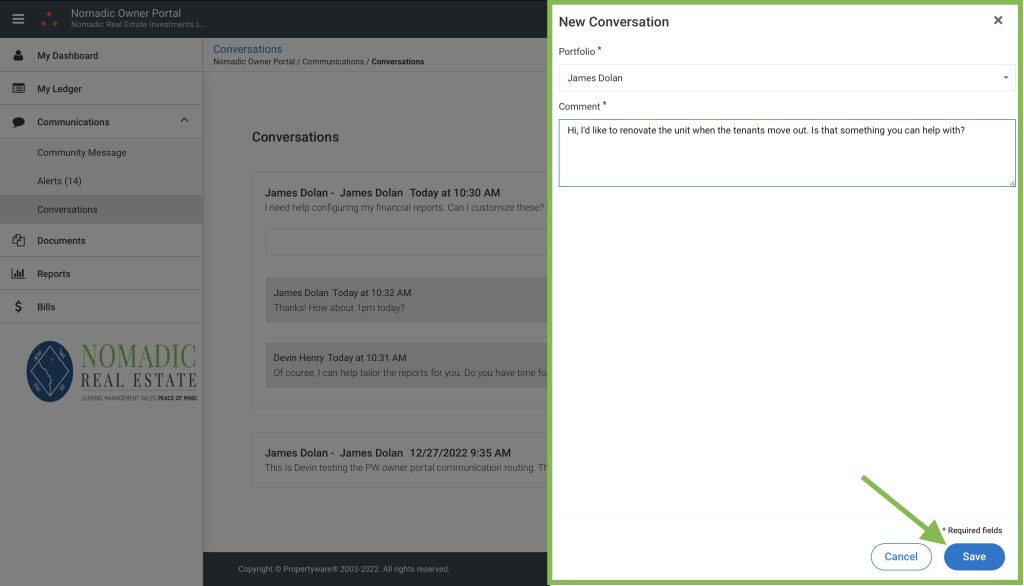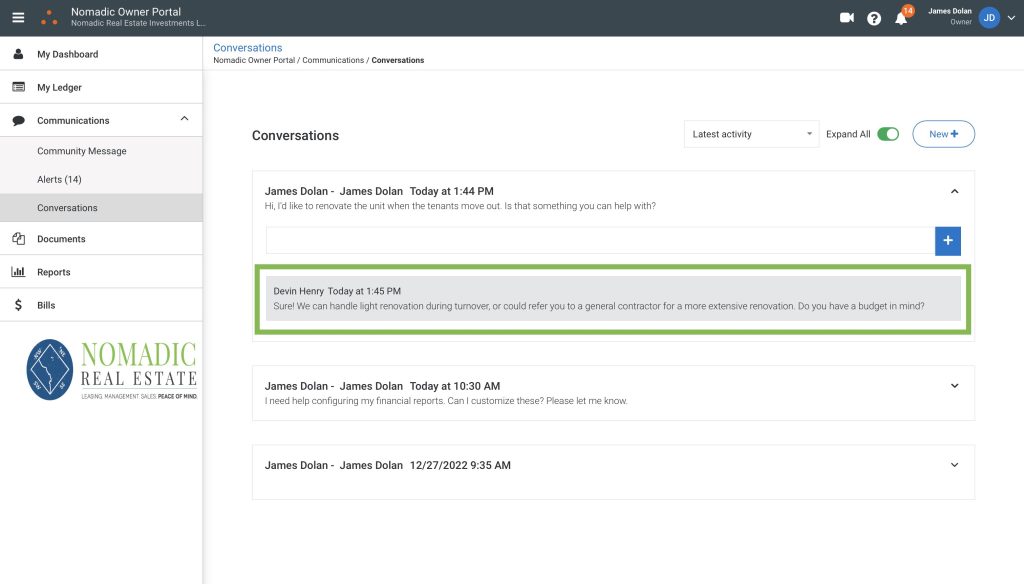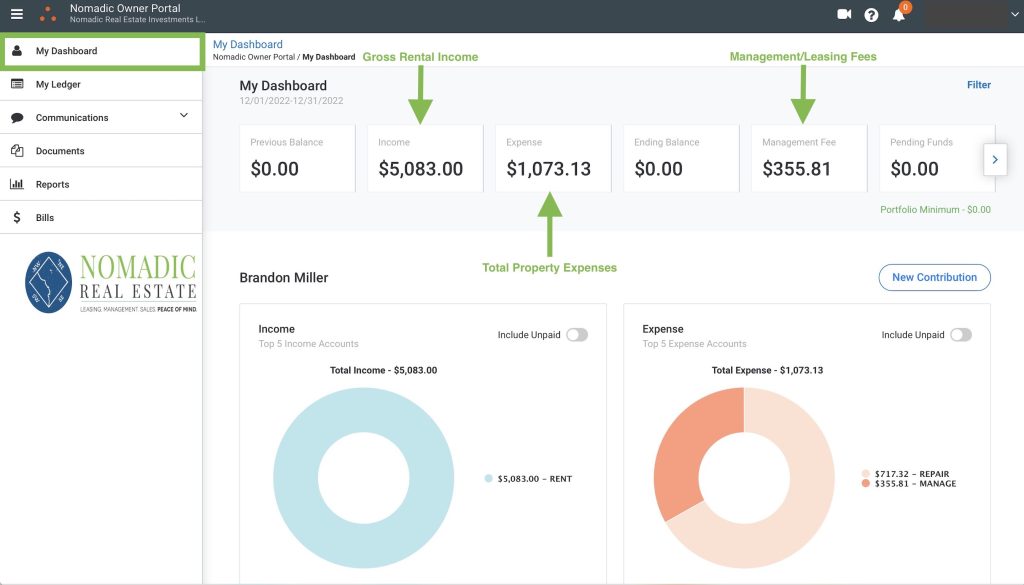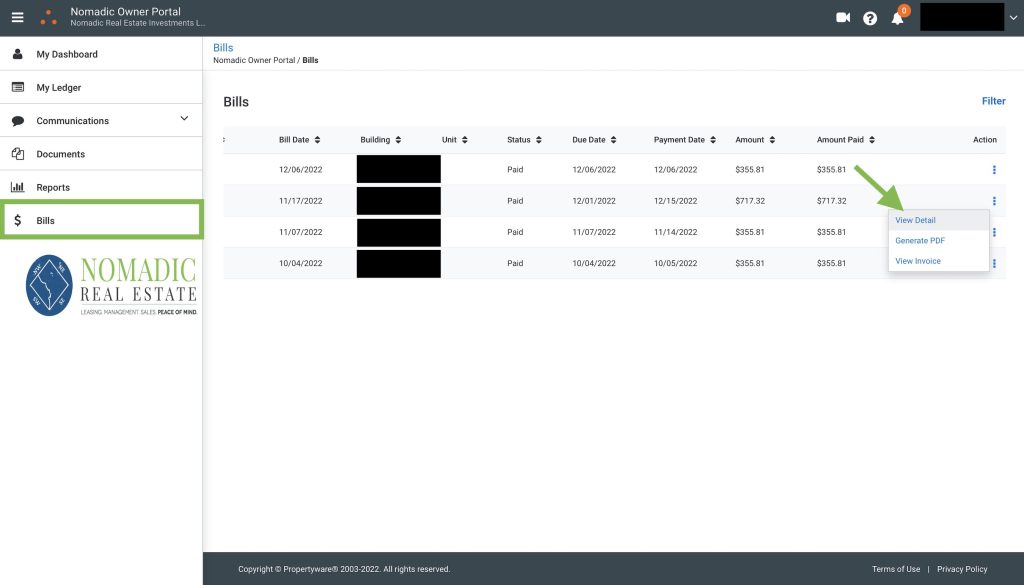When space is at a premium and you don’t have a lot of land to work with, one way you can expand a house is by building up or down. One of the best ways of doing that is by creating an English basement, which can increase a home’s value without having to increase the acreage on which the building sits. What is an English basement, and are there any drawbacks in addition to the pros of having one? Let’s explore what English basements are and how they affect a property’s value.
What Is an English Basement?
Loosely translated, an English basement means subterranean terrarium. In real terms, an English basement is an apartment that is located on the lowest floor of a building. Typically found in brownstones or townhouses, an English basement is partially below ground and partially above ground level. The English basement has a separate entrance from the rest of the building. In addition to a separate entrance and exit, housing code often requires an English basement to have above-ground windows and adequate ventilation.
Where Are English Basements Most Common?
Because of the aforementioned lack of land, English basements are most commonly found in big cities, especially on the East Coast of the United States. Boston, New York, and Philadelphia are all locations where English basements are common, but they are perhaps most often found in Washington, D.C. In fact, online apartment listings for the nation’s capital have English basement designations about four times as often as the rental listings in the other three metropolises listed above. They are so popular in D.C. because of the unprecedented number of government workers who came to the district in the wake of World War II, and English basements have continued to thrive in the time since then.
What Are the Pros and Cons of English Basements?
Like with anything, there are both advantages and disadvantages to putting an English basement in your housing unit. Like with any type of living arrangement, the quality of the unit has big factor in whether it is a good place to live or a bad living unit. But there are some general pros and cons that can apply to most English basements.
The pros of English basements include:
- Extra living space for family or friends to temporarily stay at your place or to rent out to tenants
- Because English basements have to have their own doors to the outside, they offer a bit of privacy for the person staying there because they don’t have to go through the main living area to get to the basement.
- The separate entrance/exit also means you don’t need to climb stairs to get to the basement unit when entering from outside.
But with the pros also come cons. Some of the disadvantages of English basements are:
- They tend to have lower ceilings or tighter doorways than other living spaces. This could be a problem if you have bigger furniture that could be a problem getting through the door or maybe too tall for the ceiling.
- The windows are typically smaller than normal and high up, which can mean a lack of natural light in the space.
- Basements aren’t always soundproofed as well as other areas of a multifamily dwelling. That can mean that it is a noisier space than people might like, hearing people walking above you.

How Does an English Basement Affect a Property’s Value?
When you make improvements to a home and expand the available living space, you usually add to the property’s value. And it’s no different with an English basement. An unfinished basement is pretty much good just as a workshop or laundry room for the most part. But once you turn that basement into an English basement, you’re creating a whole new room or, depending on the size, potentially a bit of a suite. The data shows that a finished basement can earn you about a 70% return on your investment through a higher appraised value of your building. Finishing a basement also tends to cost less than making improvements to rooms that are fully above ground.
Can English Basements Be Rented Out?
Yes, English basements can be rented out, which is another financial advantage that they provide to the homeowner. English basements are particularly attractive as rentals in Washington, D.C., where a lot of young people come to begin their careers in the government. With recent college graduates and college students looking for work as interns, the D.C. area is ripe with young professionals looking for affordable housing, which is hard to come by there. That’s why English basement apartments are desirable to them because they cost less than more traditional apartments. If a potential tenant is amenable to a smaller living space, they are likely to rent an English basement than a bigger apartment if they are concerned with saving money. Even though basement apartments don’t rent for as much as others, they at least bring in some rental income for the homeowner.
How to Make the Most of an English Basement
With an English basement having less square footage, you’ll want to maximize the available space. Some ways of doing that include:
- Cool and bright colors make a small room feel bigger and enhance the limited natural light that there is.
- Dark colors on the ceiling make it look like a night sky and giving the impression that the ceiling is higher than it actually is.
- Decorative mirrors create an illusion of light and space.+
Conclusion
If you’re a real estate investor in the Washington, D.C., area and you would like to learn more about English basements or have other real estate questions, feel free to contact us. Nomadic Real Estate offers leasing, DC property management, and sales services to property owners and investors in Washington, D.C., Northern Virginia and parts of Maryland. We are a family-owned-and-operated company — founded by brothers Benjamin and Joseph Rieling — that has been in business since 2005. We created The Nomadic Approach, which is built around a high level of personal care and working hard to ensure your happiness. That’s why we are accessible 24/7 to take care of your needs.










